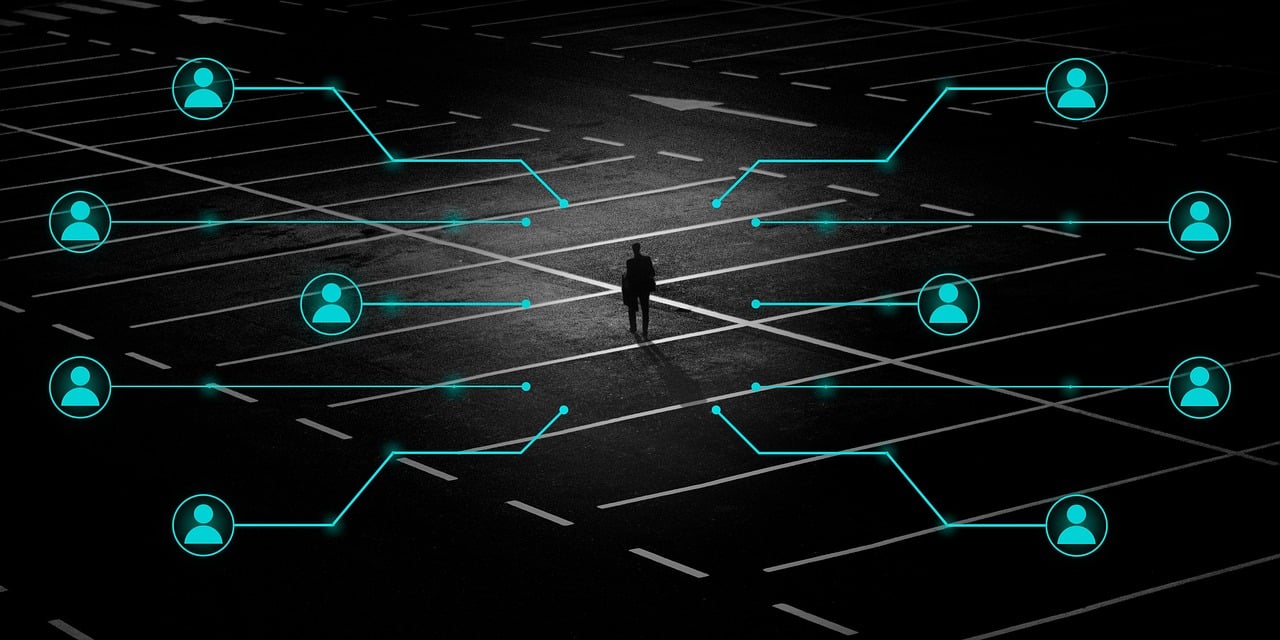
IoT: food and wine
The IoT, internet of things, can have very important applications in the food and wine sector, allowing the optimization of many processes affecting these worlds. From temperature control to storage systems, there are many applications of the IoT in the management of food and beverages; let’s see some of them trying to understand what future trends may be.
IoT food and wine: smart temperatures
You don’t need to be an industry expert to understand the importance of temperature control when working with food and beverages. We all know how much temperature fluctuations can compromise the quality of food, even ruining them. Then let’s think about the economic impact bad conservation can have if you work with high-quality and expensive bottles of wine. The advent of the IoT allows for an enormous evolution in terms of temperature control and management: the environment can be constantly monitored remotely and, if necessary, it is possible to intervene to make changes. Furthermore, it is possible to go even deeper with checks and verifications, by monitoring the characteristics of bottles or food samples, to be sure of obtaining the correct results.
IoT food and wine: reducing energy waste
We are in a historical period in which thrift in the use of energy is becoming the order of the day. The enormous expensive bills experienced in the last few months – a trend that unfortunately will seem to continue in the next few months – has put a lot of strain on many companies. One way to reduce waste, as well as the economic impact of energy sources, is precisely the installation of IoT devices. By putting objects in communication with each other, it is possible to use only the amount of energy necessary to perform certain functions, without consuming excess.
IoT food and wine: storage
One could almost talk about the art of storage, however precision this activity has become. The organizational capacity that allows food to be properly stored for the right amount of time before being sold allows enormous savings in economic terms. First of all, it affects the quality of the food and, consequently, the satisfaction of consumers; secondly, careless storage of food and wine can lead to the waste of entire batches. We have already talked about temperature control, perhaps referring to refrigerated environments, but storage environments also need to be monitored: temperatures, humidity, lighting are just some of the elements to be kept under control for the correct storage of food and drinks. Once again, the introduction of the IoT allows the 24-hour remote management of the storage environment, with all the positive consequences that derive from it.
IoT food and wine: ovens and blast chillers
Ovens, blast chillers, refrigeration machines and yeast stops play an increasingly important role in the production of sweets and bakery products, especially on a large scale. They also allow professionals not to work at night, being able to control the leavening cycles and using the temperature to preserve the characteristics of the sourdough. All these tools are becoming increasingly intelligent thanks to the installation of IoT sensors, which allow remote control and management, for extremely precise, controlled and quality production on a small and large scale.








